“There’s a small hotel
With a wishing well
I wish that we were there together”
Those lines are from the 1936 show tune “There’s a Small Hotel,” included in the Broadway musical On Your Toes. The song been recorded by dozens of artists and is considered part of the Great American Songbook.
Here’s the hotel, in Stockton, New Jersey, that inspired it.
And the wishing well?
If that isn’t the coolest thing.
Last fall, I spent a week driving around and photographing the small towns in central New Jersey that I visited often as a kid, but never thought about much. It was very interesting to look at these places carefully and consciously as an adult, and as an urbanist. And Stockton, a river and erstwhile railroad town along the Delaware River (Pennsylvania is across the bridge), was one of my stops.
Unfortunately, the Stockton Inn closed in 2017, and has been empty since. It’s been the subject of a series of redevelopment proposals and fights. You know how this often goes: developers suggest a project seen as too large, residents resist or insist the property be preserved exactly as is, the years ago by, and the building ends up too decayed to save anyway. I hope that doesn’t happen here. It’s for sale and in pretty good condition—listed by Sotheby’s, no less—so maybe someone out there will opt to reopen it with some minor adjustments.
I’ll be writing more about the redevelopment proposals and these sorts of small town businesses in a later post; this one is a heavily illustrated piece focusing on the hotel. Though it’s closed, the property is not boarded up or cordoned off, so I was able to explore the peaceful grounds, quietly, all alone. The circular staircase on the right of the building’s front was even open, so I could have climbed to the balcony!
The Stockton Inn almost disappeared in the 1970s, when its longtime owners, John and Charles Colligan—whose family owned it for over 60 years—retired. But the new owners defaulted on their mortgage and abandoned the property, causing it to be sold at a sheriff’s sale. The Colligans bought it back for $100—the minimum bid. There were no other bidders. The building still retains the “Colligan’s Stockton Inn” sign.
That story, plus a reminder of the hotel’s Broadway fame, is from a 1975 New York Times article. That article is closer in time to the Broadway tune than it is to the year 2022.
In 1977, the New York Times reviewed the inn, and praised its expertly executed menu, which included wild game like pheasant and venison. No credit cards were accepted at the time. The reviewer went in the winter, however, and he added, “Regulars warn that everything changes in the summer tourist season. Then, they say, some of the more exotic menu items disappear and service gets a bit sporadic.”
I wonder what that tourist season looked like? I’m not, and as a kid in the area, never was aware of much of a tourist season around there. This is, after all, the same era when the Catskills in upstate New York, and other local or regional destinations, were still in high demand.
The Times revisited the inn in summer of 1983, with two news hooks: first, the return of On Your Toes to Broadway, and second, new ownership after the Colligan family finally sold the place for good earlier that year. In that review, the “tour bus trade” is mentioned. (Were those people visiting Pennsylvania and crossing the bridge for a stop at the iconic inn? Or was New Jersey their actual destination? Was that 1936 show still so famous to adults in the 1970s and 1980s that it drew buses to the inn?)
This time, the fish was good, but the rest of the menu was average. It also wasn’t cheap; the most expensive dish in 1983 was rack of lamb for two, at $36. According to the Bureau of Labor Statistics inflation calculator, that’s about $90 today.
I think the hotel rooms have been open at some point in these decades, but not consistently, and the inn has pretty much been a restaurant throughout this period.
For some people, none of this is history at all, or at best it’s a sort of pop history. I find it fascinating, and I understand why people in a small town like Stockton, fluctuating between 500 and 600 residents for as long as Census data exists, would want to—to use one of my favorite phrases—encase the place in amber.
It’s tough, though, because it has to actually be a business. And even in 1975, when it reopened, the inn was just a restaurant. Hotels of this size are difficult to maintain profitably, as one of the recent redevelopment proposals noted.
But more on all of this later. Here are some pictures of the quiet, surprisingly well maintained hotel property.
Here’s the entrance. You can see the wishing well through the back window!
As if actually having the wishing well weren’t enough:
Here’s the also-famous wine cave (which one Times reviewer observes is an old root cellar):
Some pictures of the lovely grounds, gardens, and outdoor dining areas:
The bar:
And a couple of dining room shots:
I have a real soft spot for this kind of place. It reminds me of eating out as a kid, in 20-minutes-away Flemington, where we never had a whole lot of interesting restaurants. One of our go-to places, especially if we went out with friends, was a white-tablecloth bar and grill called Jake’s, which closed during the pandemic. Steaks, chops, fish, raw clams and oysters, shrimp cocktail; ordinary, slightly upscale American fare. I wrote awhile back about how I liked the place as a kid, but never thought of going as an adult, or taking my wife there for dinner.
That’s because we like more modern or interesting restaurants: cuisines or menu items we can’t cook at home, for example. Yet sometimes I also miss ordering something familiar, done well, served to you, and just enjoying the atmosphere without feeling like it has to be an “experience.”
The Stockton Inn is the kind of place where you could—and hopefully, in the future can—do that.
Related Reading:
The Rest of Somerville, NJ: Part 1
Thanks for reading! Please consider upgrading to a paid subscription to help support this newsletter. You’ll get a weekend subscribers-only post, plus full access to the archive of over 300 posts and growing—more than one full year! And you’ll help ensure more material like this!

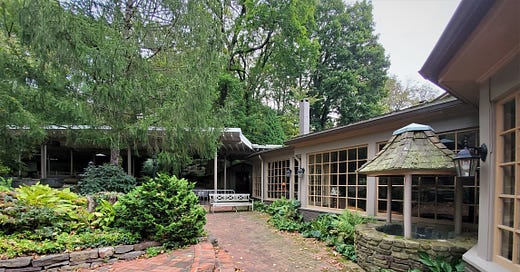


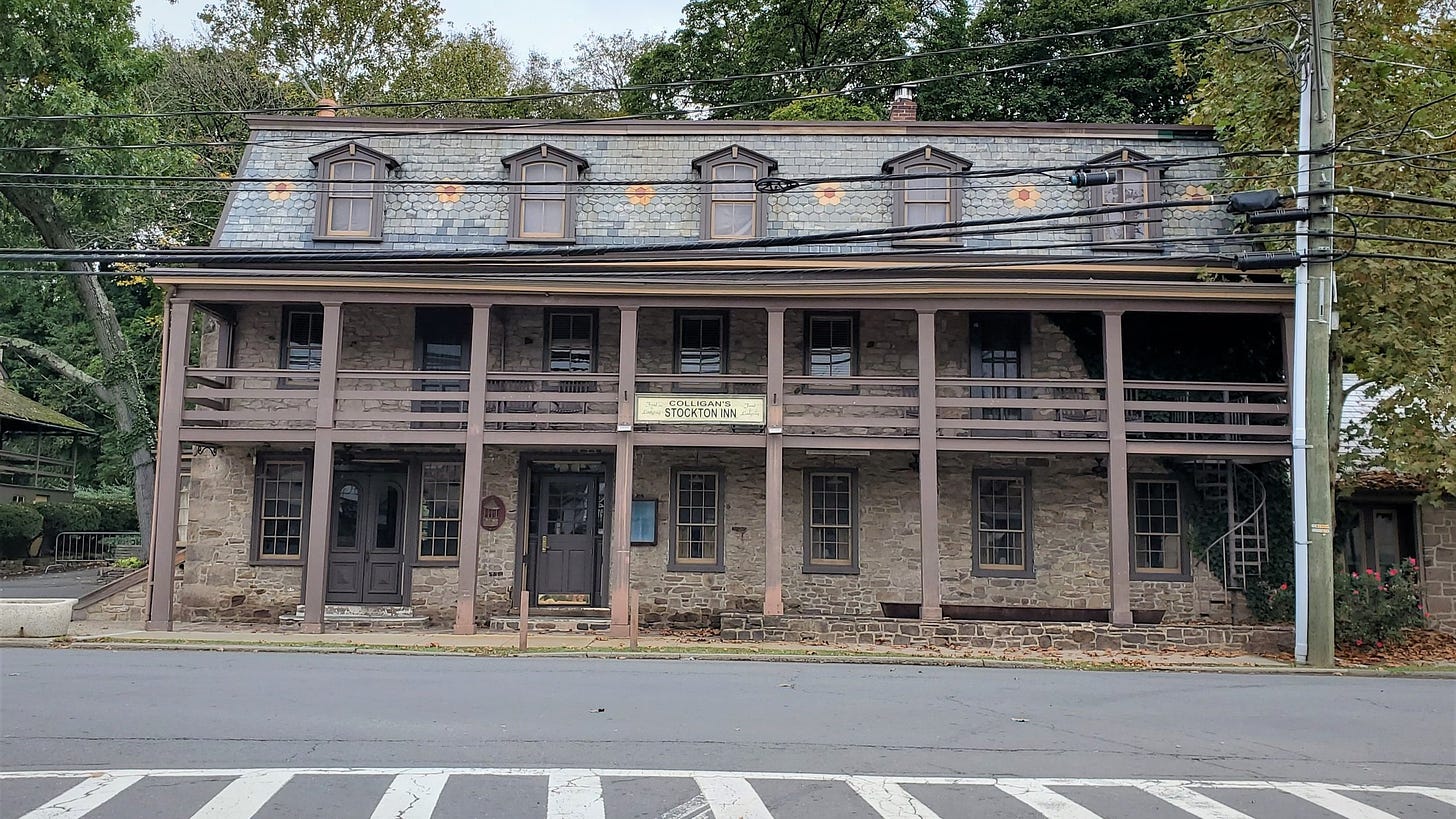

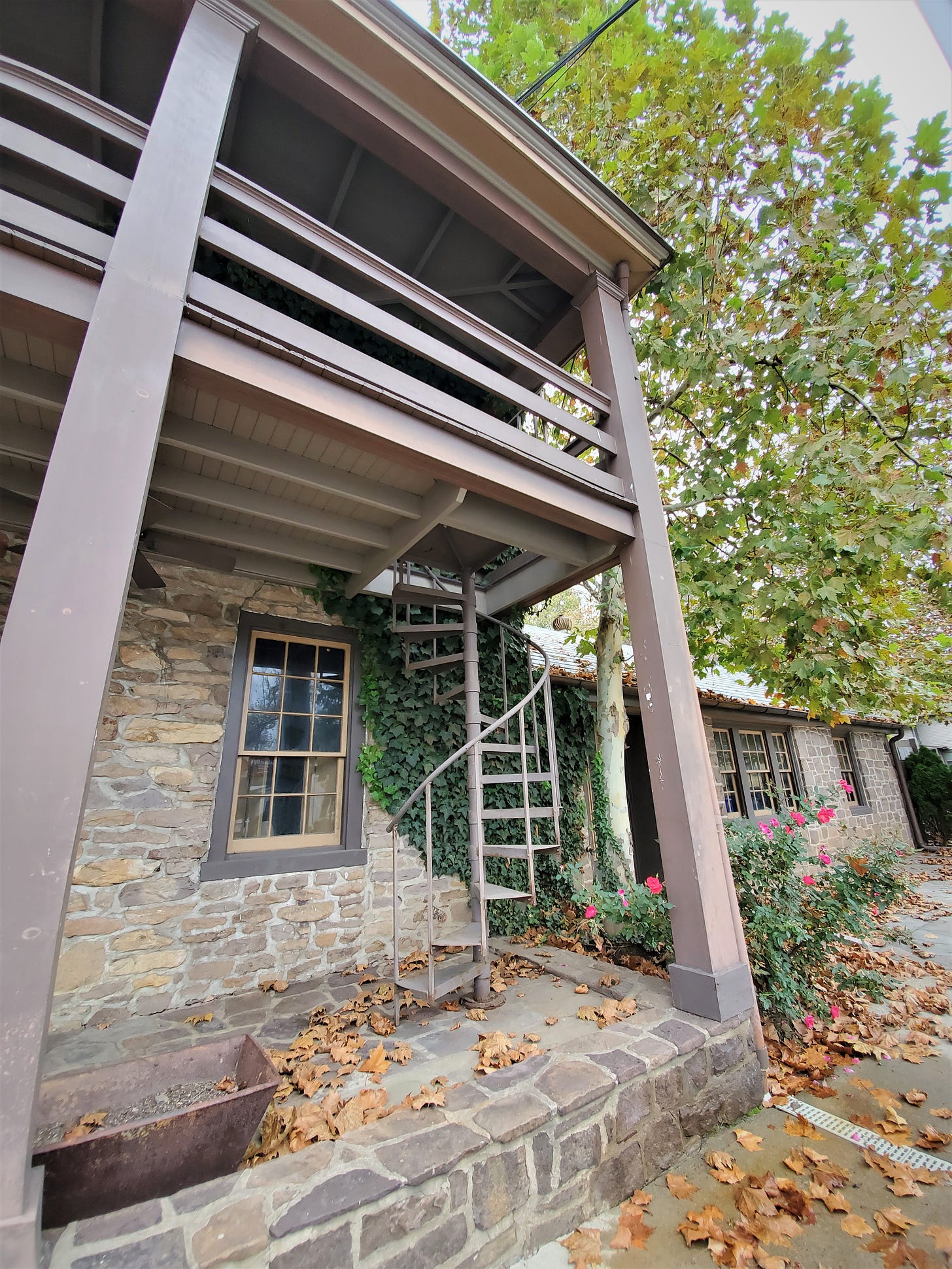
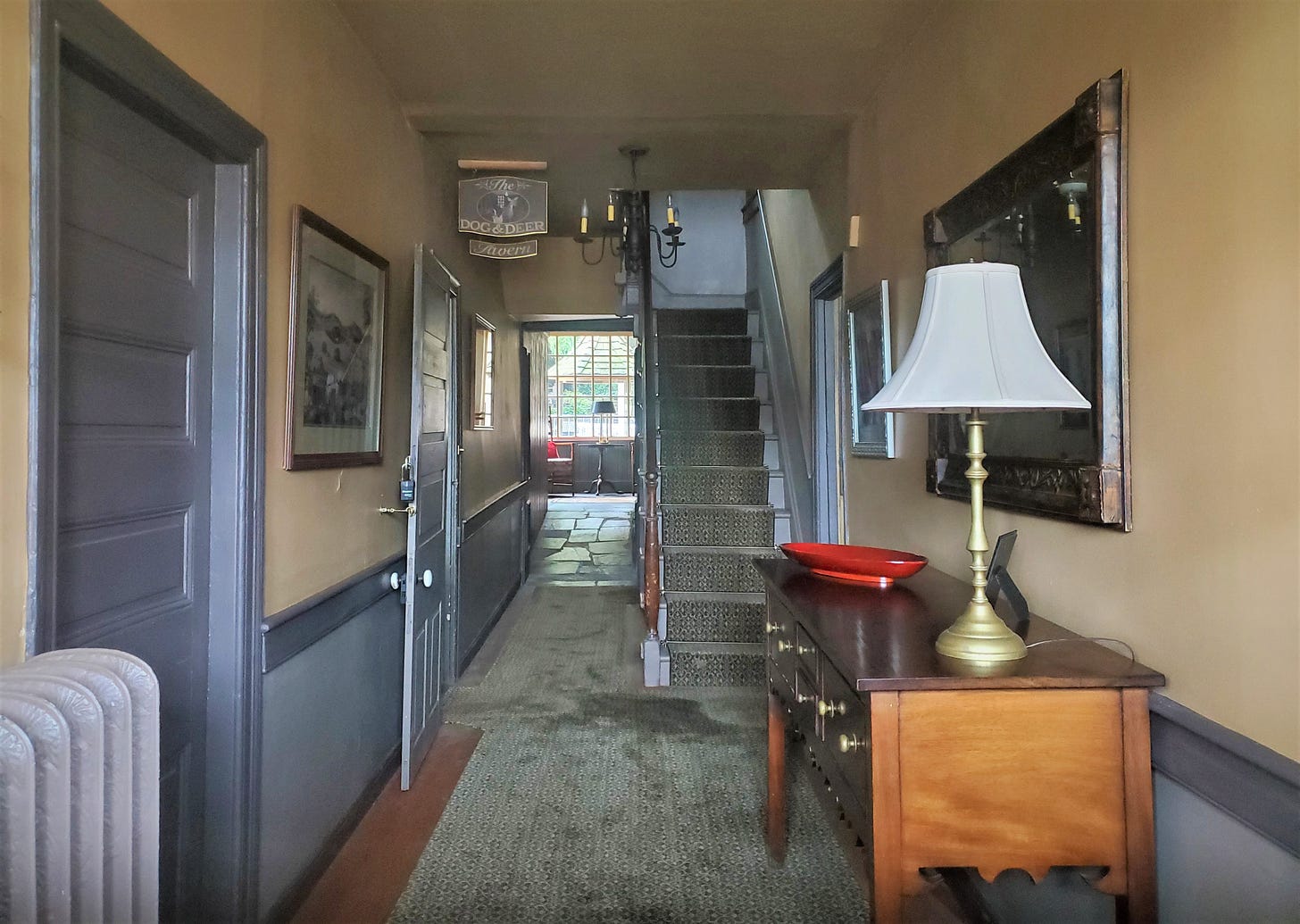


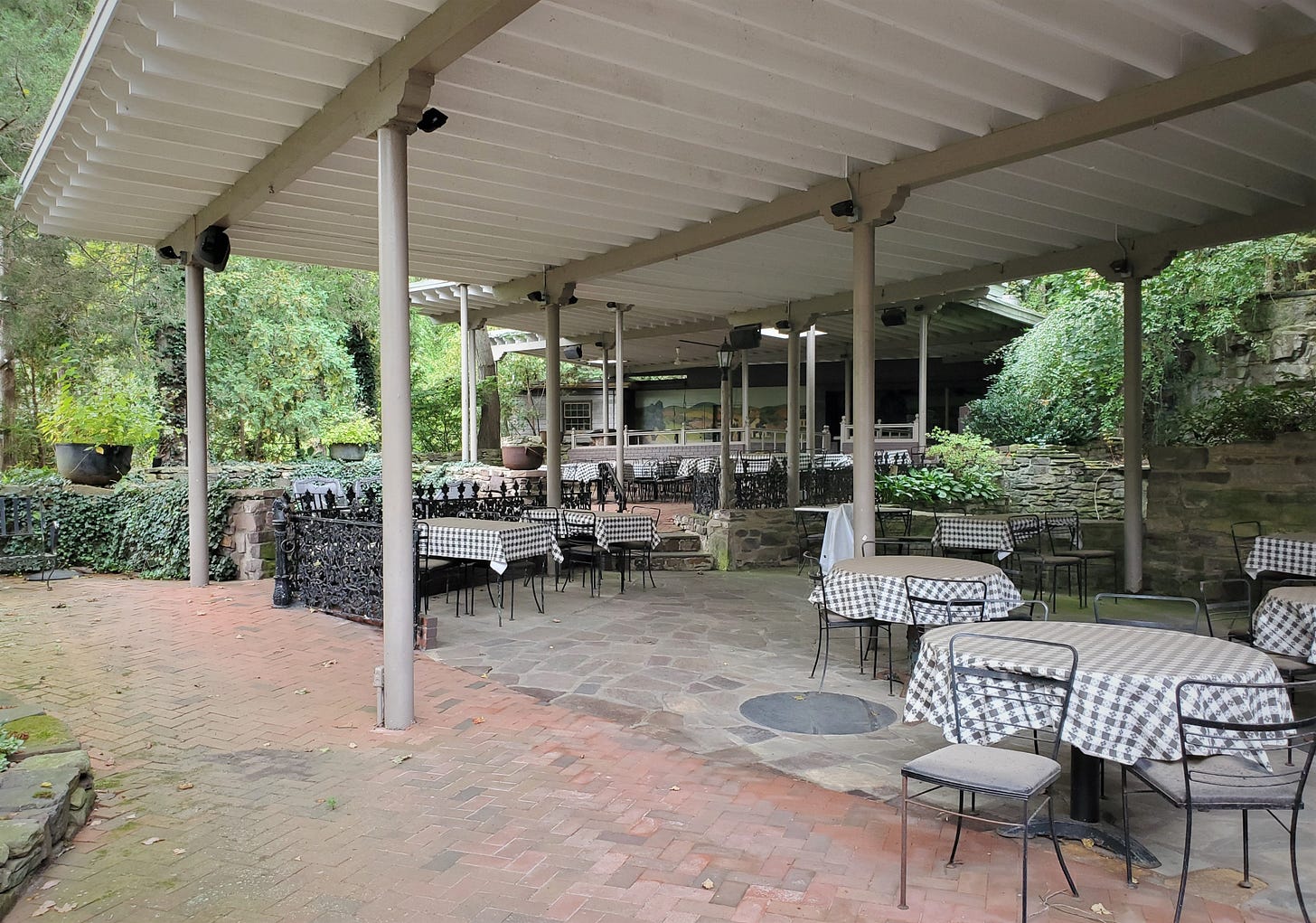

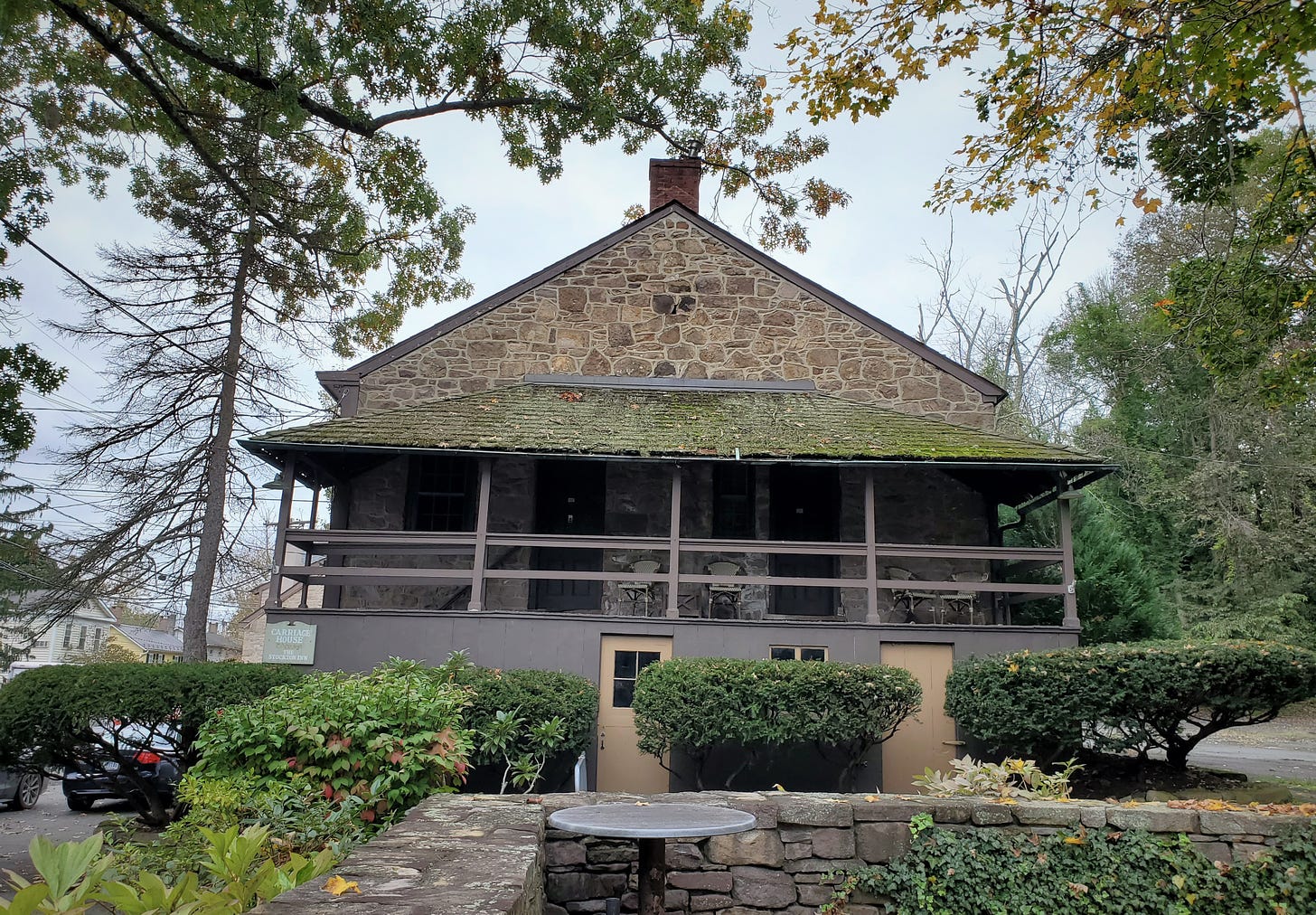
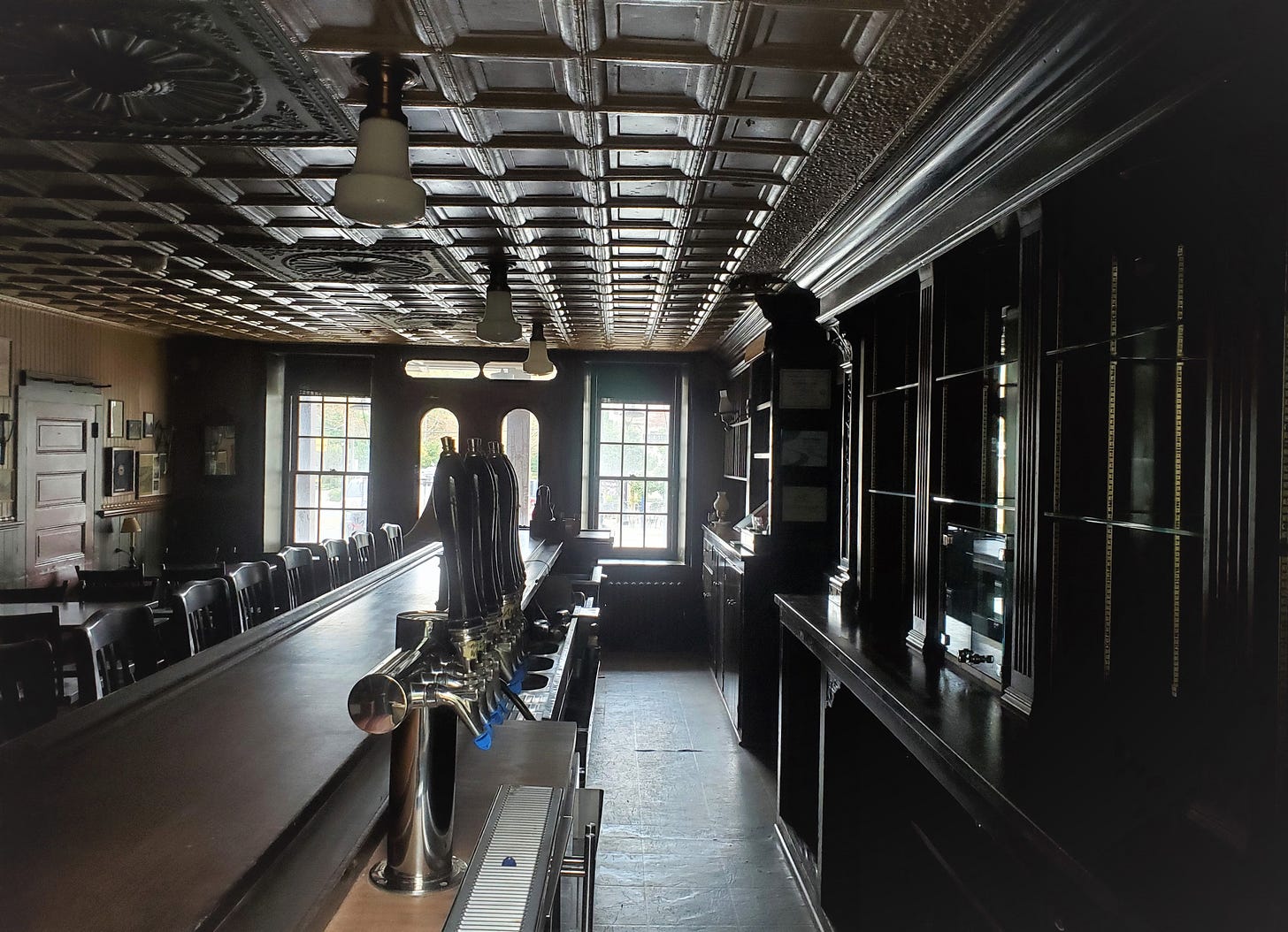

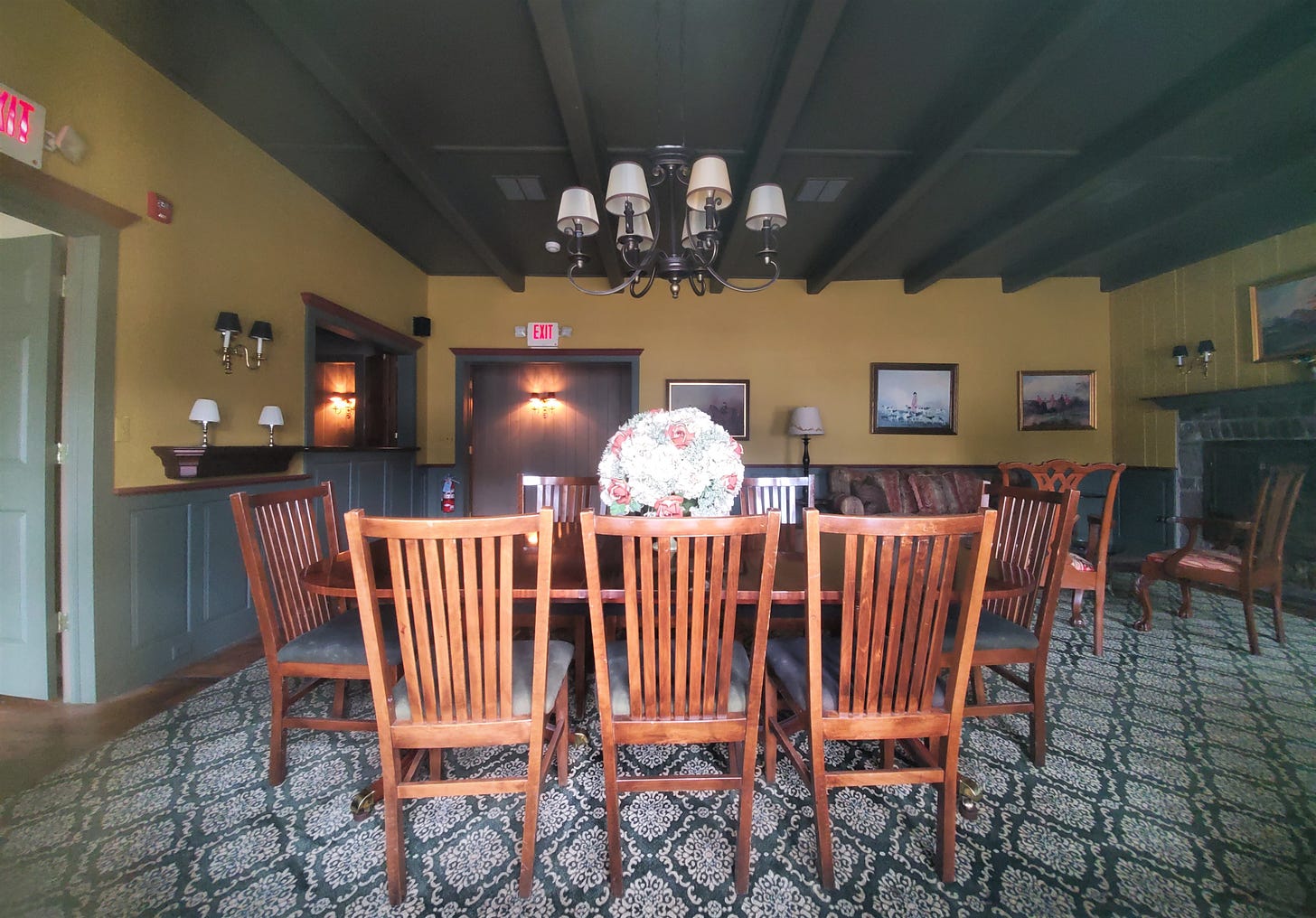
There is definitely a tourist season here.